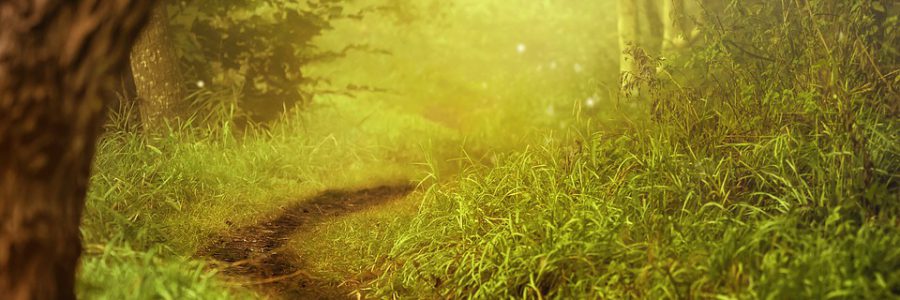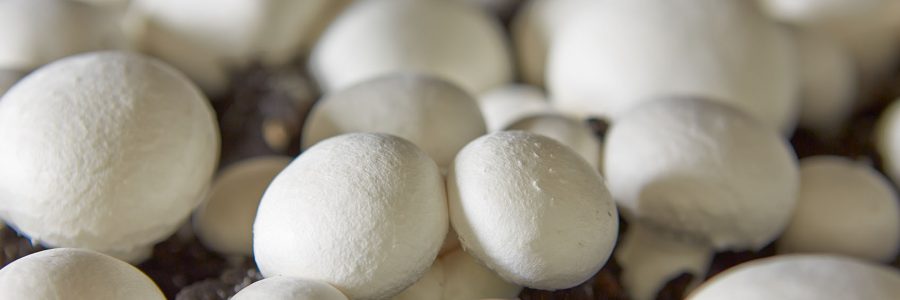The fact that we grow our natural mushrooms with renewable, environmentally friendly energy is in line with our company philosophy. In a biogas plant with the corn from the fields of the Havelland, energy is obtained for electricity, heat, and cooling. In terms of a sustainable production, the power of the sun is used to produce electricity.
Sustainability trough circular economy
Mushroom production is closely linked with the grain farming and horse husbandry as part of an agricultural cycle. Straw and chicken manure are composted and used as a substrate for mushroom growth. The spent substrate, in turn, is used to fertilise the fields.
All in one location
Sustainability in terms of the production cycle and energy generation also applies to the ecological balance of the transport route. The growing of the mushrooms and manufacture of the substrate mainly takes place at two locations close to the market. This ensures that the region is quickly supplied with fresh mushrooms which do not have to travel very far.
Thanks to optimised picking and logistics processes, our fresh champignon mushrooms make their journey from picking bed to shop counter in less than 24 hours. An optimum degree of freshness is ensured as a result. In addition to thorough production and processing, freshness is also guaranteed by means of distribution with our own refrigerated vehicles, used to supply the central wholesale and retail warehouses and the food service industry directly.


